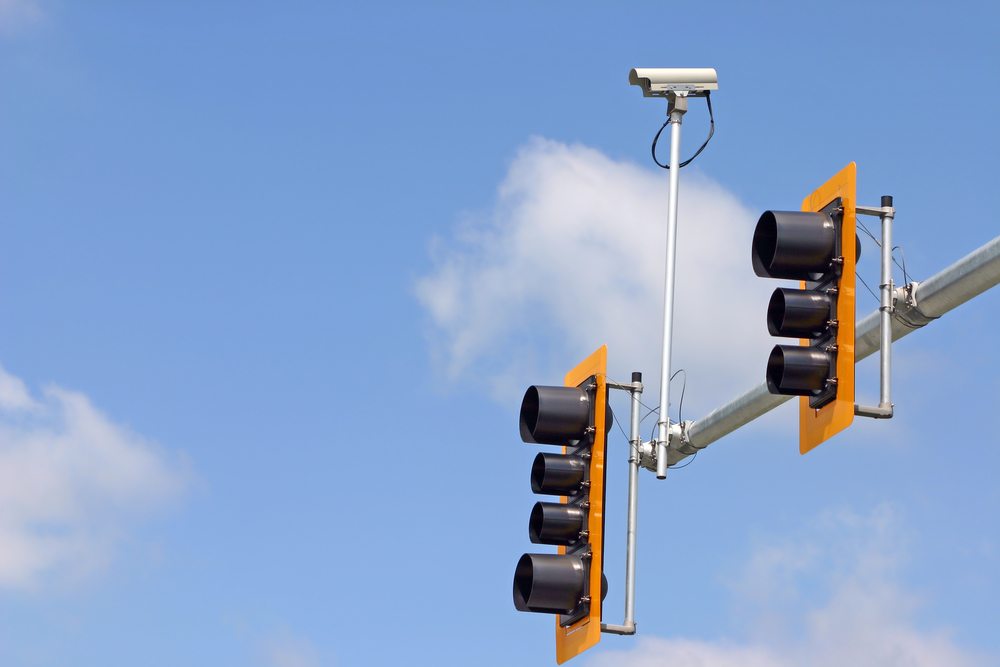More enforcement doesn’t mean more tickets, at least when it comes to photo radar. Enforcement Service’s Chris Manuel says they have seen a 31 per cent decrease in the number of speed infraction tickets written this year. They also noticed a decrease in the number of red light camera tickets, that dropped by 46 per cent. Injury collisions were also down by 40 per cent. Manuel says that ticket drop came even with increased enforcement.
Manuel says the emergence of social media has been a new challenge for them. Perception is key he says and it means they are hoping to do more to educate drivers on their system.
“We’ve battled with some cases where people have misunderstood what they’ve seen to be photo enforcement when in fact it wasn’t and questioned some of the deployments and those sorts of things. Occasionally there is mistakes made by our operators or deployments as well, but I guess now there’s a sounding board.”
Manuel says they have gone from 200 zones previously to just 70 that they use now. Their number one violation location used to be the eastbound lanes near the museum, but that location was pulled which Manuel says shows it’s not just about making money.
He says they do hear a lot about their monitoring of the westbound lanes in that location, but they have thoroughly assessed it. Based on the sidewalk design in the area and the fact that people are travelling up hill they are confident that the 50 km/h speed through there is appropriate and it meets the criteria for their enforcement zones. Manuel says that they have to follow guidelines to create those zones.
“Ultimately the RCMP determine what zones are authorized to be worked. Then once a zone is authorized we try to work with our contractor to identify where would be the best places to set up and deploy their vehicles.”
Manuel also says school zones are one of their highest priorities. 40 per cent of their contractor hours were spent there, Manuel says it would likely be more like 60 per cent if we just looked at the 10 months of the school year.


